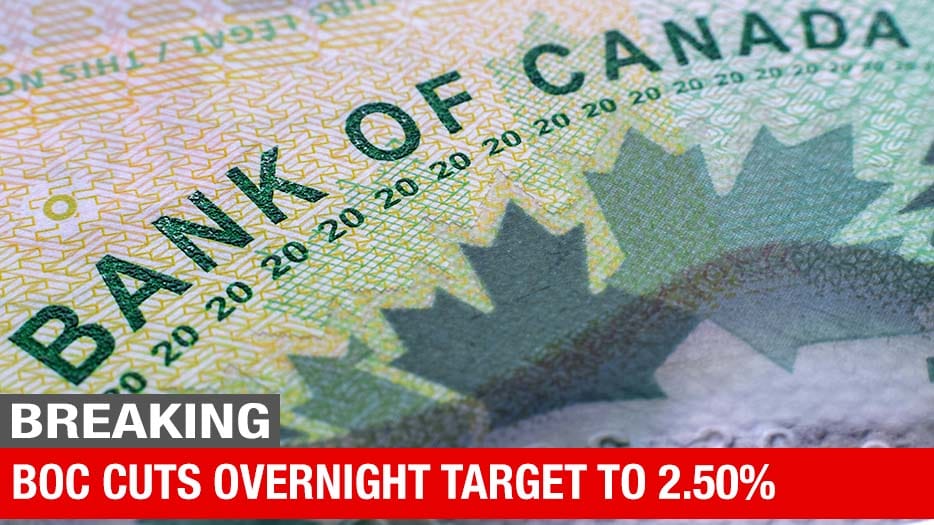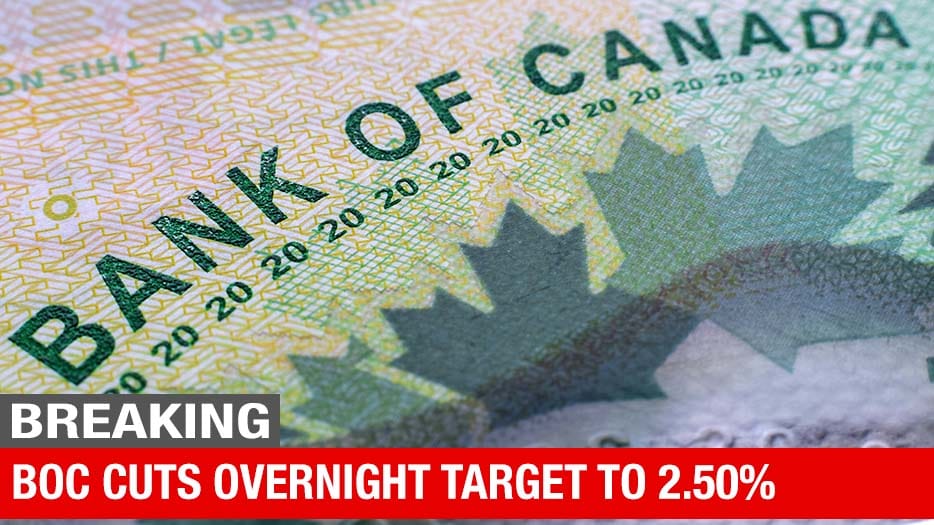Last week's double rate cuts left North American 5-year yields unwilling to price in any further easing. Canada's 5-year managed a heroic slide of just 2 basis points, compared to the week before the cuts.
Back to top💡See also: Mortgage Tidbits (below). Last week's double rate cuts left North American 5-year yields unwilling to price in any further easing. Canada's 5-year managed a heroic slide of just 2 basis points, compared to the week before the cuts.





